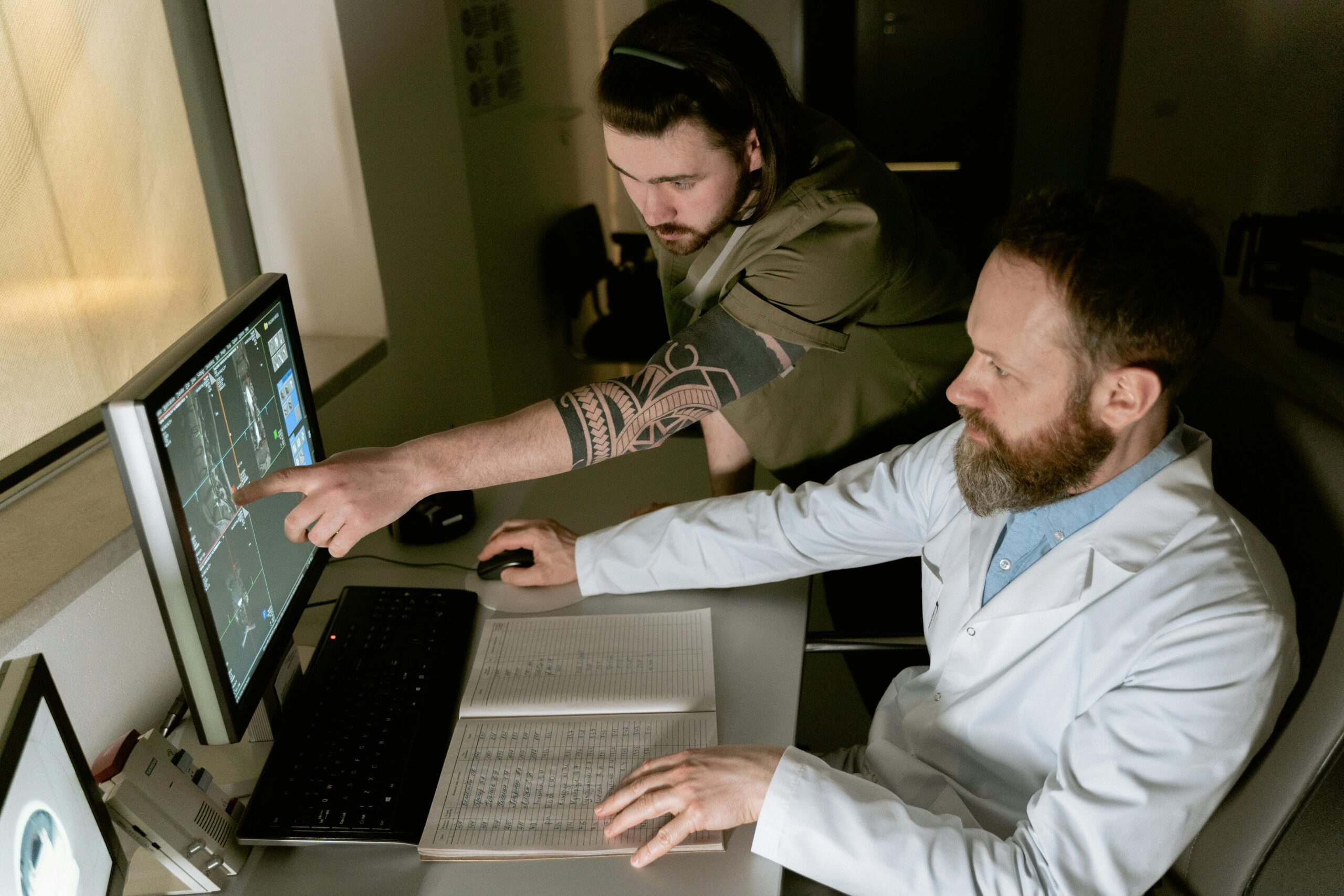Predicting the outcome of a Traumatic Brain Injury (TBI) is a complex and multifaceted challenge that engages medical professionals, neuroscientists, and data analysts alike. TBI is a disruption in the brain’s normal function that a blow or bump can cause, such as a jolt to the head or a penetrating head injury. The outcomes of TBI can vary significantly among individuals, from complete recovery to permanent disability or death, depending on a multitude of factors. We will explore the methodologies and tools used in predicting the outcomes of TBIs, the factors influencing these predictions, and the implications of predictive modeling in clinical practice and patient care.
Methodologies and Tools for Predicting TBI Outcomes
The methodologies for predicting TBI outcomes have evolved significantly with advances in technology and neuroscience. Initially, predictions were based primarily on clinical observations and the severity of the injury, as determined by scales like the Glasgow Coma Scale (GCS). However, these methods often lacked the precision necessary for individualized prognosis.
Today, clinical assessments, neuroimaging techniques, and computational models are employed to improve prediction accuracy. Neuroimaging, including MRI and CT scans, offers detailed insights into the extent and location of brain damage, which are crucial for outcome prediction. Furthermore, advanced computational models and machine learning algorithms can analyze vast datasets of patient information to identify patterns and predictors of recovery that are not apparent through traditional methods.
Influencing Factors
Several factors influence the outcome of TBI, making the prediction process intricate. These factors can be categorized into three main groups: injury-related, individual-related, and external factors.
- Injury-related factors include the severity of the injury, the location of the brain affected, and the presence of secondary injuries such as hemorrhages or contusions.
- Individual-related factors encompass the patient’s age and general health, pre-existing medical conditions, and genetic predispositions that may affect recovery.
- External factors involve the timeliness and quality of medical care received post-injury, rehabilitation services, and the support system available to the patient.
Understanding the interplay of these factors is critical for accurate predictions. For example, younger patients generally have a better prognosis due to their higher neural plasticity, allowing for better compensation for brain injuries. Similarly, injuries affecting critical areas of the brain associated with vital functions may have poorer outcomes.
Implications of Predictive Modeling
Predictive modeling of TBI outcomes has significant implications for clinical practice and patient care. Accurate predictions can guide medical professionals in tailoring treatment plans to patients’ individual needs, optimizing the use of medical resources, and improving survivors’ quality of life. For instance, predicting poor motor function recovery might lead to an early emphasis on physiotherapy and occupational therapy to maximize patient independence.
Furthermore, predictive models can help set realistic expectations for patients and their families, aiding in psychological and emotional adaptation to the aftermath of TBI. They also play a crucial role in clinical trials by helping identify patients most likely to benefit from new treatments and interventions.
Challenges and Future Directions for Predicting TBI Outcomes
Despite advances in predictive modeling, challenges remain. The brain’s complexity and the unique circumstances of each injury make universal predictions difficult. Additionally, ethical considerations arise regarding the impact of predictions on patient morale and the risk of self-fulfilling prophecies.
Future directions in predicting TBI outcomes may involve integrating more personalized medicine approaches, such as genomic data, to enhance prediction accuracy. Continuous improvement of machine learning models and the incorporation of real-time monitoring data from wearable technologies also promise dynamic outcome predictions that can adjust as the patient’s condition evolves.
Conclusion
Predicting the outcome of a TBI is a vital aspect of neurotrauma care. It demands a comprehensive understanding of various influencing factors and the integration of multiple methodologies. As technology and neuroscience advance, the accuracy and utility of these predictions will continue to improve, offering hope for optimized treatments and better quality of life for TBI survivors. The challenges ahead call for a balanced approach that respects the complexity of the human brain and the individuality of each patient’s journey toward recovery.
References
Xue G, Chen C, Lu ZL, Dong Q. Brain Imaging Techniques and Their Applications in Decision-Making Research. Xin Li Xue Bao. 2010 Feb 3;42(1):120-137. doi: 10.3724/SP.J.1041.2010.00120. PMID: 20376329; PMCID: PMC2849100. https://www.ncbi.nlm.nih.gov/pmc/articles/PMC2849100/
Puderbaugh M, Emmady PD. Neuroplasticity. [Updated 2023 May 1]. In: StatPearls [Internet]. Treasure Island (FL): StatPearls Publishing; 2024 Jan-. https://www.ncbi.nlm.nih.gov/books/NBK557811/
McCrea MA, Giacino JT, Barber J, et al. Functional Outcomes Over the First Year After Moderate to Severe Traumatic Brain Injury in the Prospective, Longitudinal TRACK-TBI Study. JAMA Neurol. 2021;78(8):982–992. doi:10.1001/jamaneurol.2021.2043 https://jamanetwork.com/journals/jamaneurology/fullarticle/2781523
Banoei, M.M., Lee, C.H., Hutchison, J. et al. Using metabolomics to predict severe traumatic brain injury outcome (GOSE) at 3 and 12 months. Crit Care 27, 295 (2023). https://doi.org/10.1186/s13054-023-04573-9 https://rdcu.be/dCovb
Haveman, M.E., Van Putten, M.J.A.M., Hom, H.W. et al. Predicting outcome in patients with moderate to severe traumatic brain injury using electroencephalography. Crit Care 23, 401 (2019). https://doi.org/10.1186/s13054-019-2656-6 https://rdcu.be/dCov0
Kowalski RG, Hammond FM, Weintraub AH, et al. Recovery of Consciousness and Functional Outcome in Moderate and Severe Traumatic Brain Injury. JAMA Neurol. 2021;78(5):548–557. doi:10.1001/jamaneurol.2021.0084 https://jamanetwork.com/journals/jamaneurology/fullarticle/2776794


